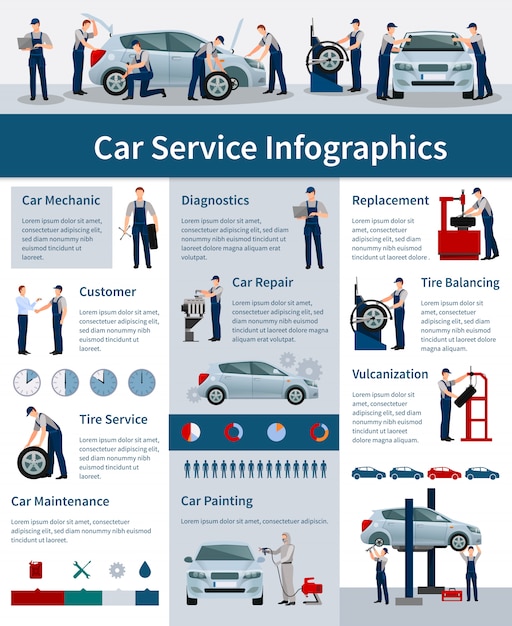Assessing Your Auto'S Warning Indicators: What They Actually Communicate
Assessing Your Auto'S Warning Indicators: What They Actually Communicate
Blog Article
https://laneuojdx.jaiblogs.com/56911557/master-the-art-of-changing-your-car-s-search-in-under-an-hour-with-beginner-friendly-tips-that-will-leave-you-astonished-your-fast-cars-and-truck-outlining-solution-awaits Created By-Termansen Torres
When you're behind the wheel, those beautiful warning lights on your control panel can be a bit complicated. Do you understand what they're trying to inform you concerning your car's wellness? Understanding the value of these lights is vital for your security and the durability of your lorry. So, the next time one of those lights pops up, would not you intend to analyze its message accurately and take the necessary actions to resolve it?
Common Caution Lights and Interpretations
Recognize common caution lights in your vehicle and recognize their definitions to make certain secure driving.
The most typical warning lights include the check engine light, which signifies concerns with the engine or emissions system. If this light comes on, it's essential to have your vehicle examined without delay.
The oil pressure cautioning light suggests reduced oil pressure, calling for instant focus to prevent engine damages.
A blinking battery light might recommend a malfunctioning charging system, potentially leaving you stranded if not attended to.
The tire stress surveillance system (TPMS) light informs you to low tire pressure, influencing vehicle security and gas efficiency. Overlooking this could lead to dangerous driving conditions.
Read Home Page indicates an issue with the anti-lock stopping system, endangering your capacity to quit rapidly in emergencies.
Last but not least, the coolant temperature alerting light warns of engine getting too hot, which can lead to extreme damage if not settled swiftly.
Recognizing these common caution lights will certainly aid you attend to issues promptly and preserve safe driving problems.
Relevance of Prompt Attention
Comprehending the common warning lights in your car is just the primary step; the relevance of promptly dealing with these warnings can't be stressed enough to guarantee your security when driving.
When a caution light brightens on your control panel, it's your auto's way of connecting a potential issue that needs interest. Disregarding https://ecuremappingnearme39406.blogginaway.com/30519800/refine-your-car-describing-skills-with-seasonal-pointers-to-keep-your-vehicle-beaming-and-protected-find-how-to-tackle-each-season-s-special-challenges can result in a lot more serious troubles later on, jeopardizing your security and possibly costing you a lot more in repairs.
Trigger focus to warning lights can protect against malfunctions and accidents. For example, a flashing check engine light could indicate a misfire that, if left neglected, can create damages to the catalytic converter. Addressing this quickly can save you from a costly repair work.
In a similar way, a brake system warning light might signal low brake fluid or worn brake pads, important elements for your security when driving.
DIY Troubleshooting Tips
If you observe a warning light on your dashboard, there are a few do it yourself fixing suggestions you can try before looking for professional aid.
The initial step is to consult your cars and truck's manual to comprehend what the specific warning light suggests. Occasionally the problem can be as simple as a loose gas cap causing the check engine light. Tightening the gas cap may solve the issue.
One more typical concern is a reduced battery, which can set off various cautioning lights. Inspecting mobilecarwash for rust and guaranteeing they're protected might fix the issue.
If a warning light persists, you can try resetting it by separating the auto's battery for a couple of minutes and after that reconnecting it. Additionally, checking your automobile's liquid degrees, such as oil, coolant, and brake fluid, can assist repair advising lights related to these systems.
Verdict
In conclusion, understanding your automobile's warning lights is necessary for maintaining your vehicle running smoothly and securely. By immediately addressing these alerts and knowing what they mean, you can avoid pricey repair services and possible breakdowns.
Bear in mind to consult your automobile's handbook for certain information on each cautioning light and act accordingly to make sure a hassle-free driving experience.
Remain educated, remain safe when driving!
